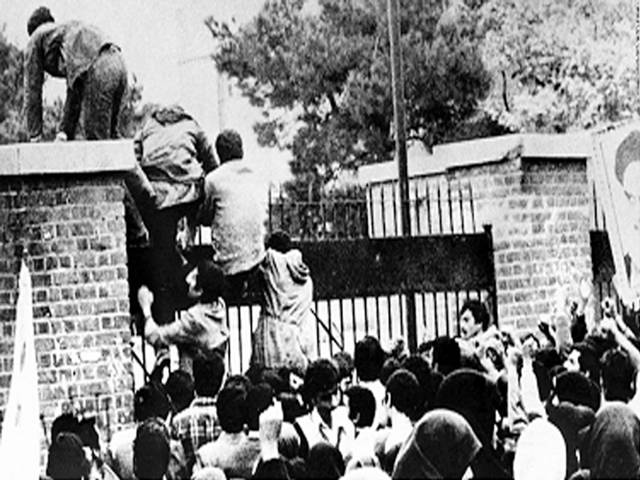“In the late 1970s, the hostage crisis became a symbol of America’s inability to take decisive action in the face of pervasive problems.”
–David Brooks
After Mohammad Reza Shah Pahlavi became the new leader of Iran, most of the anti-American sentiment grew in Iran. His government was mostly secular and had great support for the west. Shah, himself, turned out to be a dictatorial leader who persecuted his own people and prioritised the purchase of American made weaponry at the expense of the economy of Iran. As resentment grew amongst the people, Shah was deposed and the people were led by Ayatollah Ruhollah Khomeini who was a radical cleric with a conservative mindset.
By 1979, after Shah, the overthrown leader, was allowed to enter the US to get treatment for his cancer by the administration of Jimmy Carter. This became the immediate cause for the storming of the US embassy in Iran by a group of students who kept 60 hostages in order to send a clear message to the international community regarding the intervention of the west in political and economic affairs of the country. They also did so in order to bring light to the new leader Ayatollah who pleased the people of Iran due to the close echoing of similar sentiments in his foreign policies. It wasn’t until 444 days passed that the hostages were released as Ronald Reagan was delivering his inaugural speech.
To this date, the incident serves as a clear reminder of the opinion that the people of Iran hold towards the west and with the signing of new arrangements like the Iranian Nuclear Deal, matters are only to deteriorate as allegations of the creation of nuclear weaponry are thrown around. Strict economic sanction that were placed prior to the Nuclear deal was also a major sore in the relations of the US and Iran.






